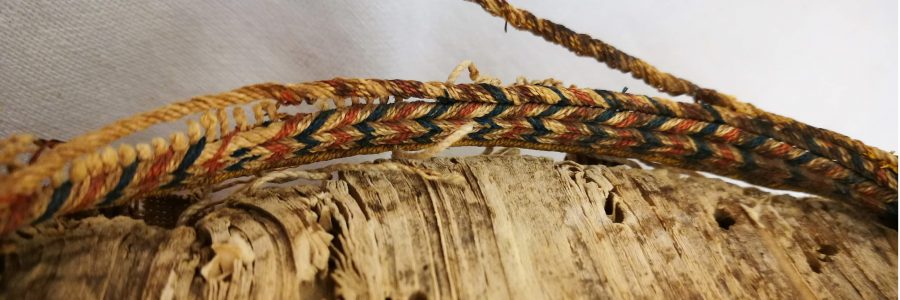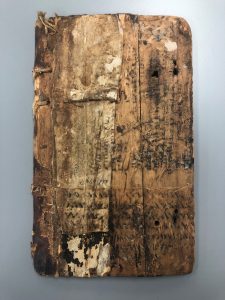
The Polonsky Foundation Greek Manuscripts Project: Introduction to Conservation
Cambridge University Libraries (CUL) has recently launched a two-year collaborative project with the University of Heidelberg. The Polonsky Foundation Greek Manuscripts Project aims to preserve, conserve, digitise and also catalogue all the Greek manuscripts in Cambridge, Heidelberg and the Biblioteca Apostolica Vaticana in Rome.
The project is generously funded by The Polonsky Foundation, a charity which promotes and disseminates cultural heritage and supports research, scholarship and innovation in the Arts and Sciences. We (Cécilia Duminuco and Sam Foley) have been appointed as conservators on the project under the guidance of supervisor Shaun Thompson.
Housed in fourteen institutions across Cambridge, the books we will be looking at range from Medieval Christian manuscripts in early Mediterranean bindings to eighteenth-century treatises in nineteenth-century bindings, covering a wide variety of subjects from religion to science. As conservators, our primary aim within the project is to condition survey and prepare the four hundred Greek manuscripts in Cambridge for digitisation. This preparation will involve ensuring the books are stable for photography, providing handling guidance to the CUL digitisation team and carrying out conservation treatment where it is necessary.

Left: Rebound Greek manuscript, Epictetus CUL MS Ii.06.41. Middle: Medieval Greek manuscript, CUL MS Add.720. Right: Parchment gathering, CUL MS Add.1879.12.
At the start of the project, our first task was to familiarise ourselves with the materials. This meant looking at the books and fragments and gathering data including cataloguing and codicological information and assessing the condition of the items. The large quantity of data we needed to collect for our survey led us to build a database, which has enabled us to input and manage our data in an efficient way and to share it with the wider project team.
To test our survey design, we selected a number of objects of different formats. Assessing these various items allowed us to refine our process and optimise the database for our purpose. Once we were satisfied with the design, the main survey could start. So far, we have completed around half of the survey, during this time we have come across fragments, single leaves, medieval bindings and even a wooden board (!).
So, what’s next? Alongside surveying, we plan to study Medieval Eastern Mediterranean book structures. This type of binding is complex and specific, embedding various and diverse components. The first step is to make a book model. This will allow us to gain a better understanding of the mechanics of the book which will inform our conservation decision-making process. Please watch out for a blog on the subject! You can also follow the progress of the project on CUL Special Collections’ Twitter feed (@theULSpecColl) and CUL’s Instagram feed with the hashtag #PolonskyGreek.

Left: Some tools used during the condition survey. Middle: Books ready for condition survey. Right: Condition survey in progress.

